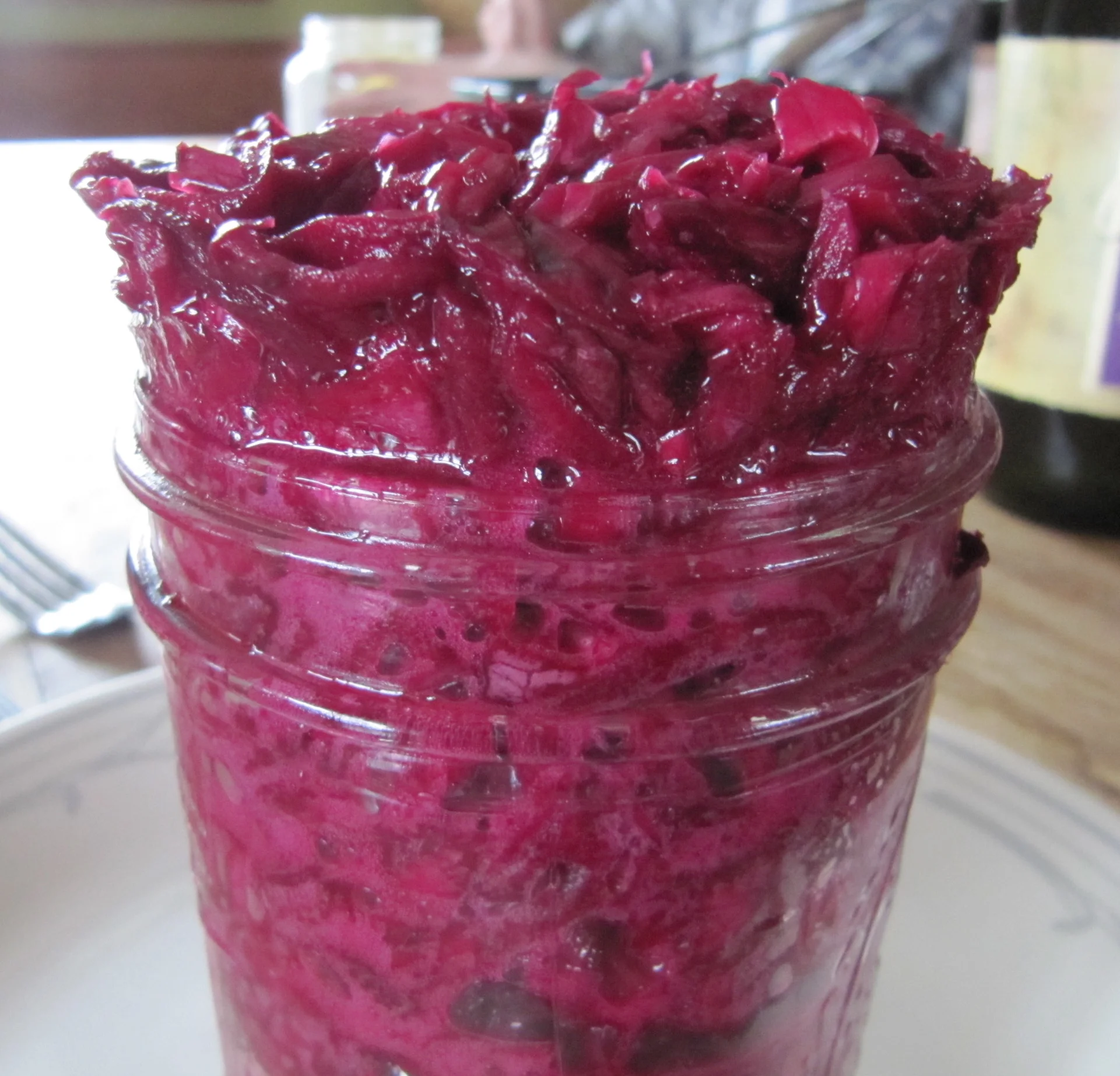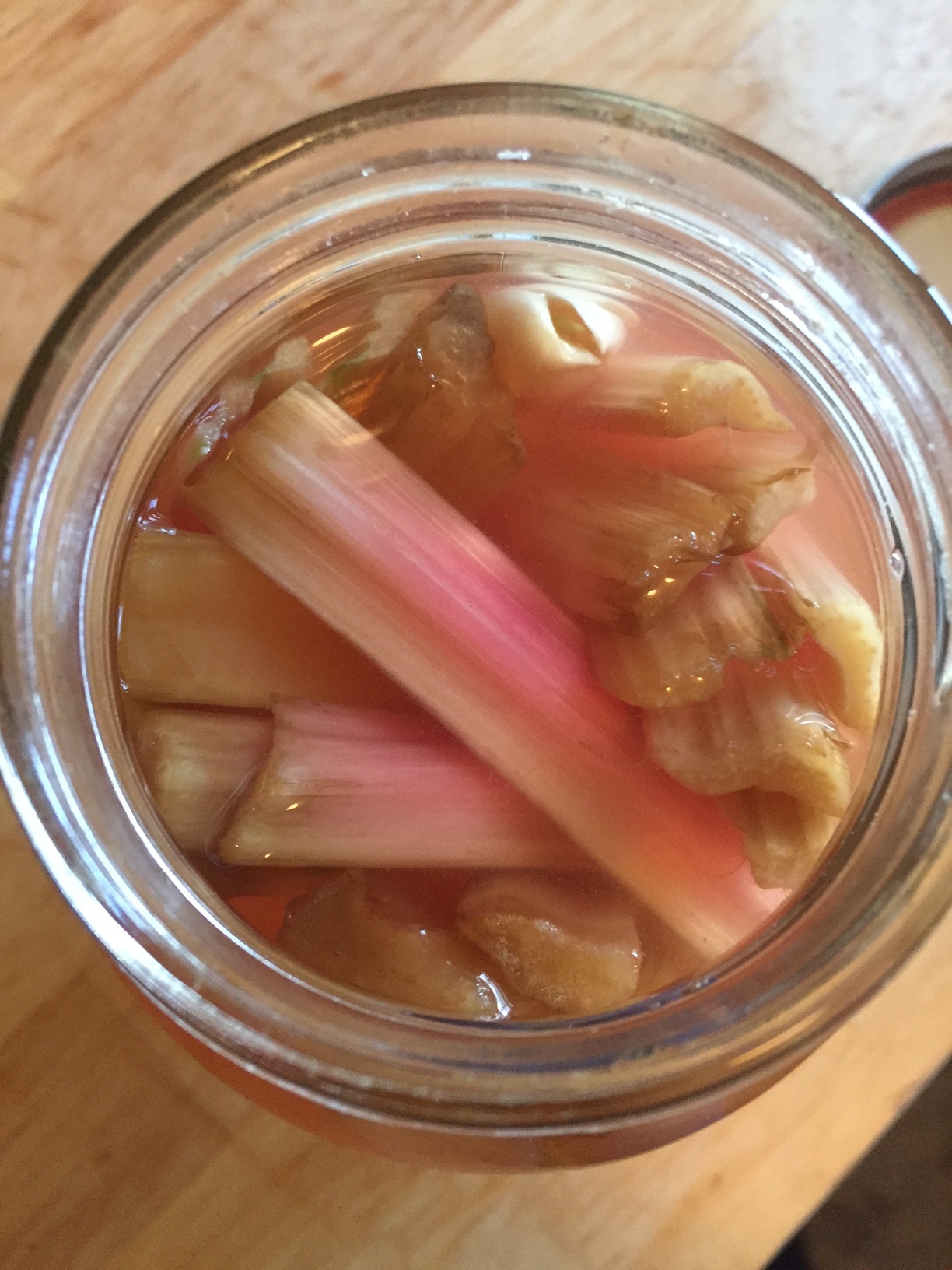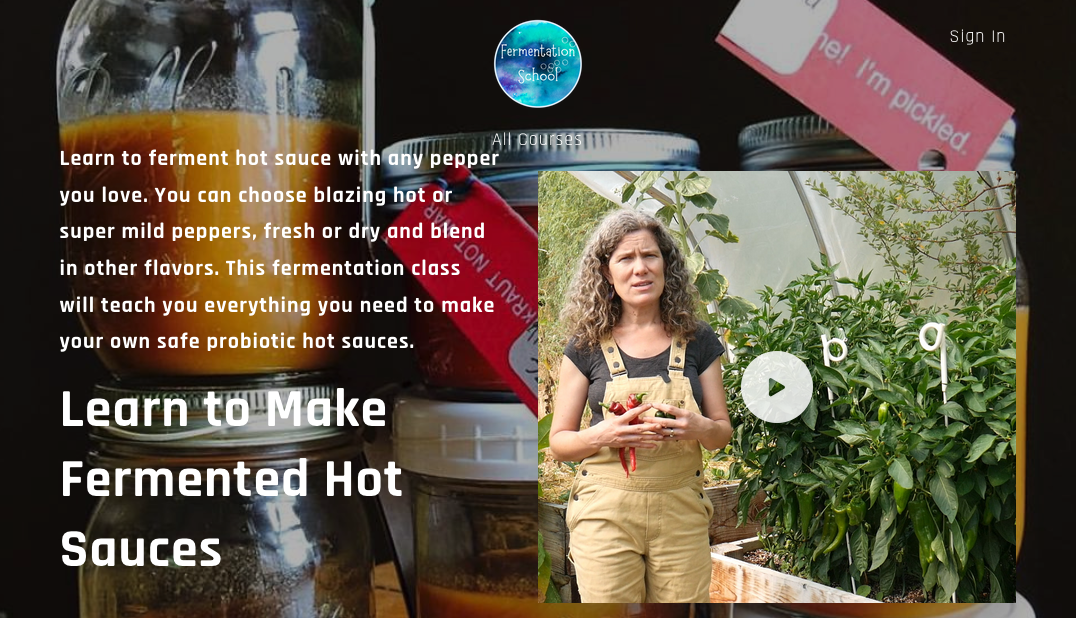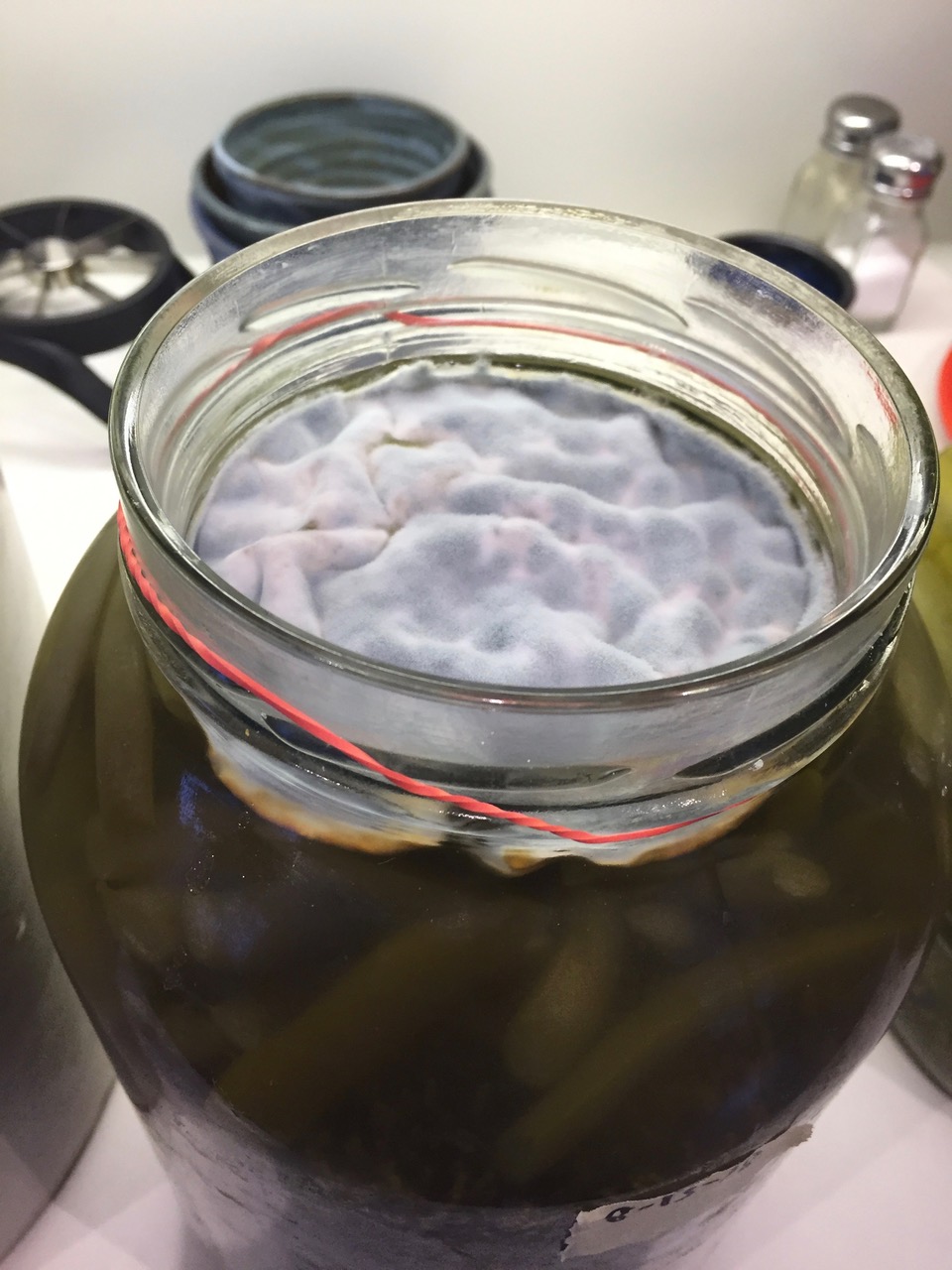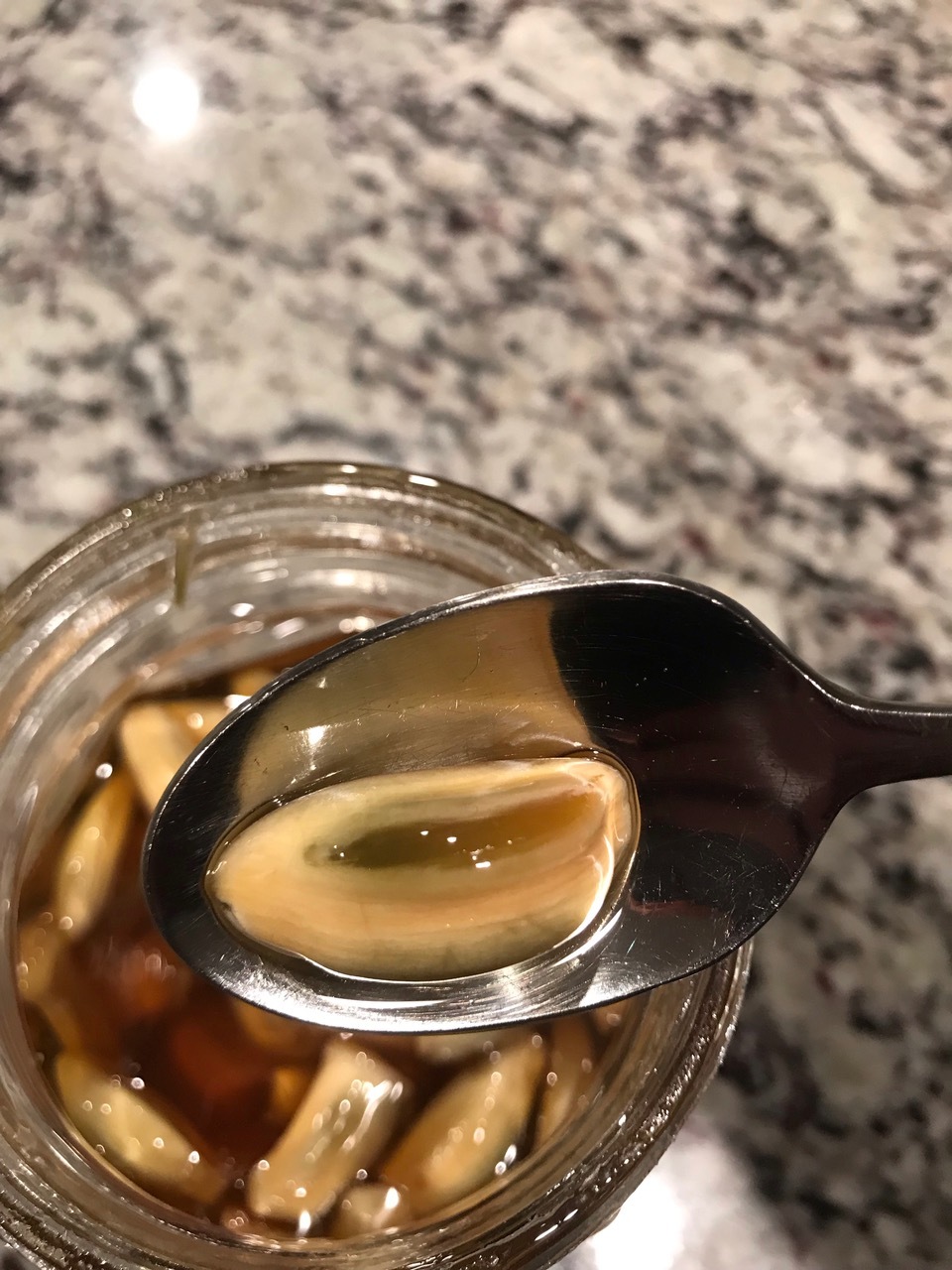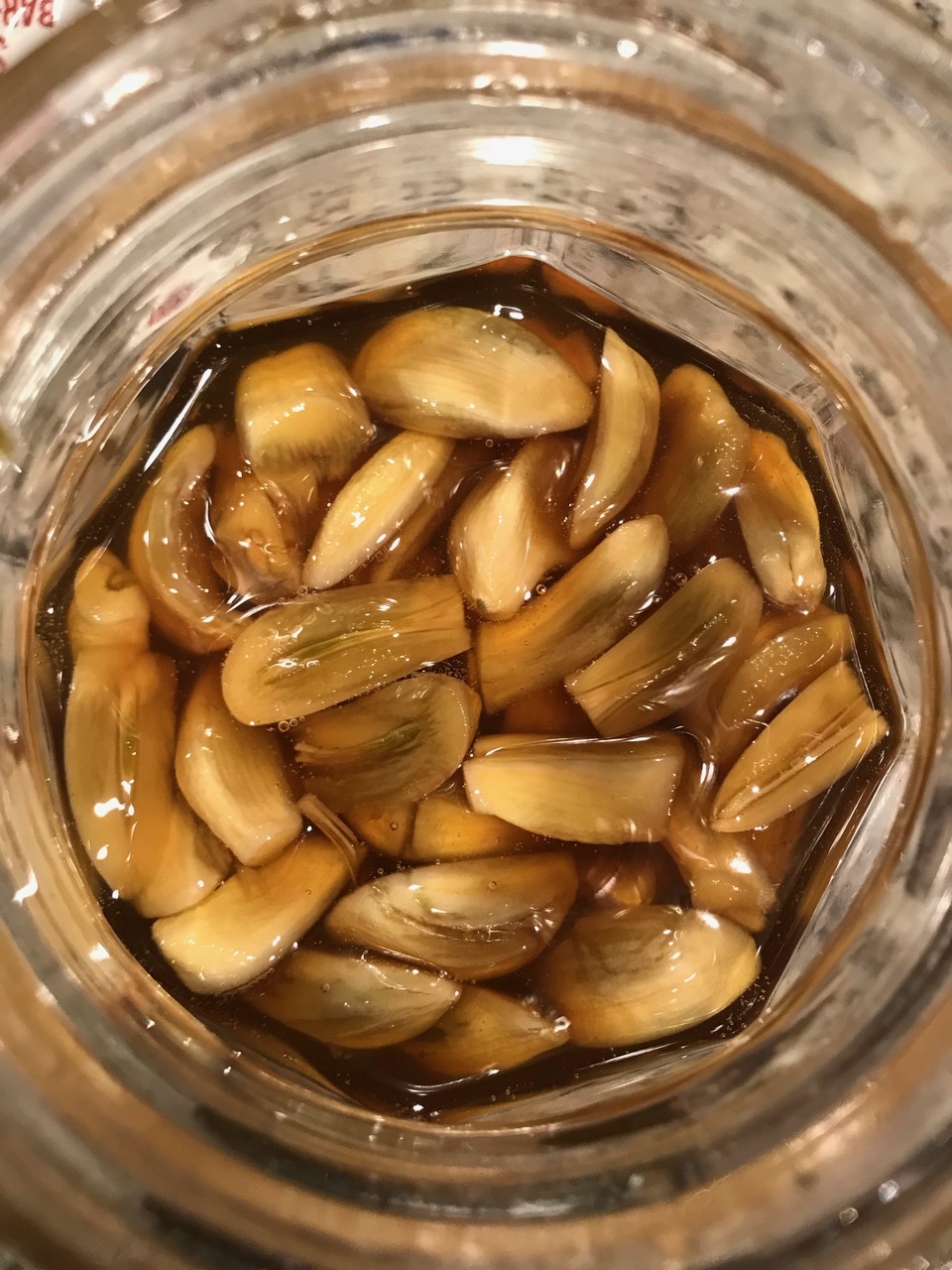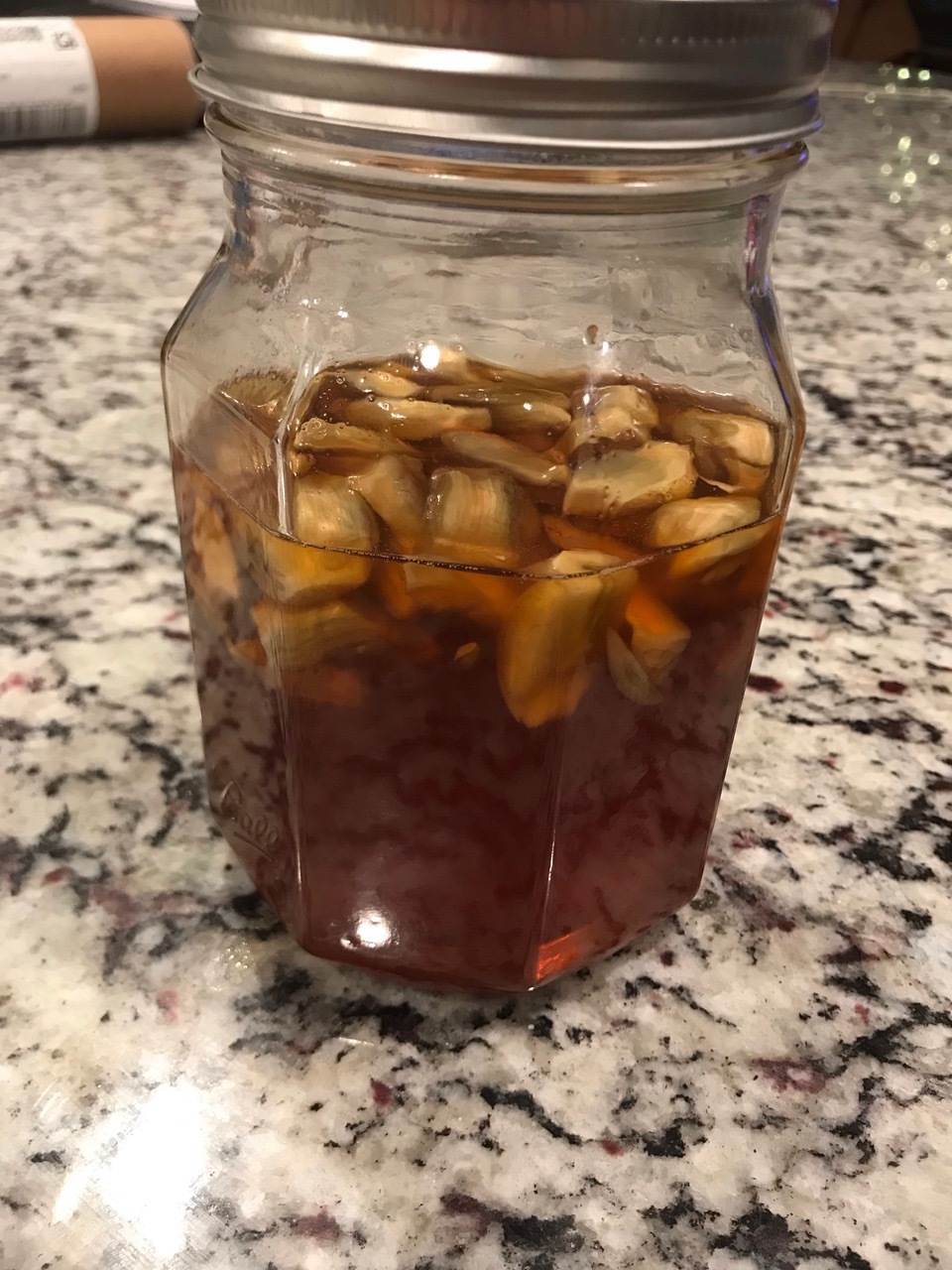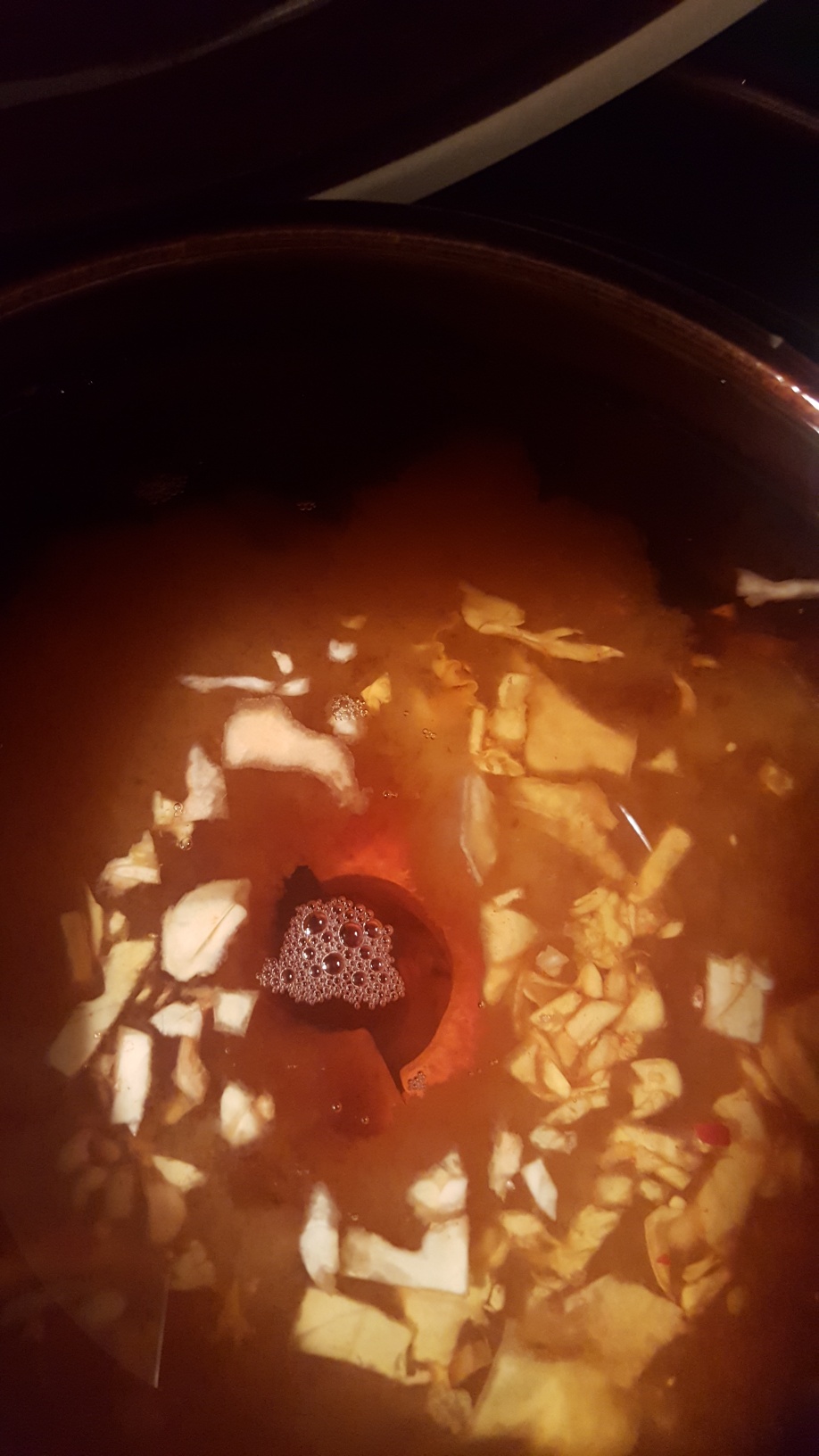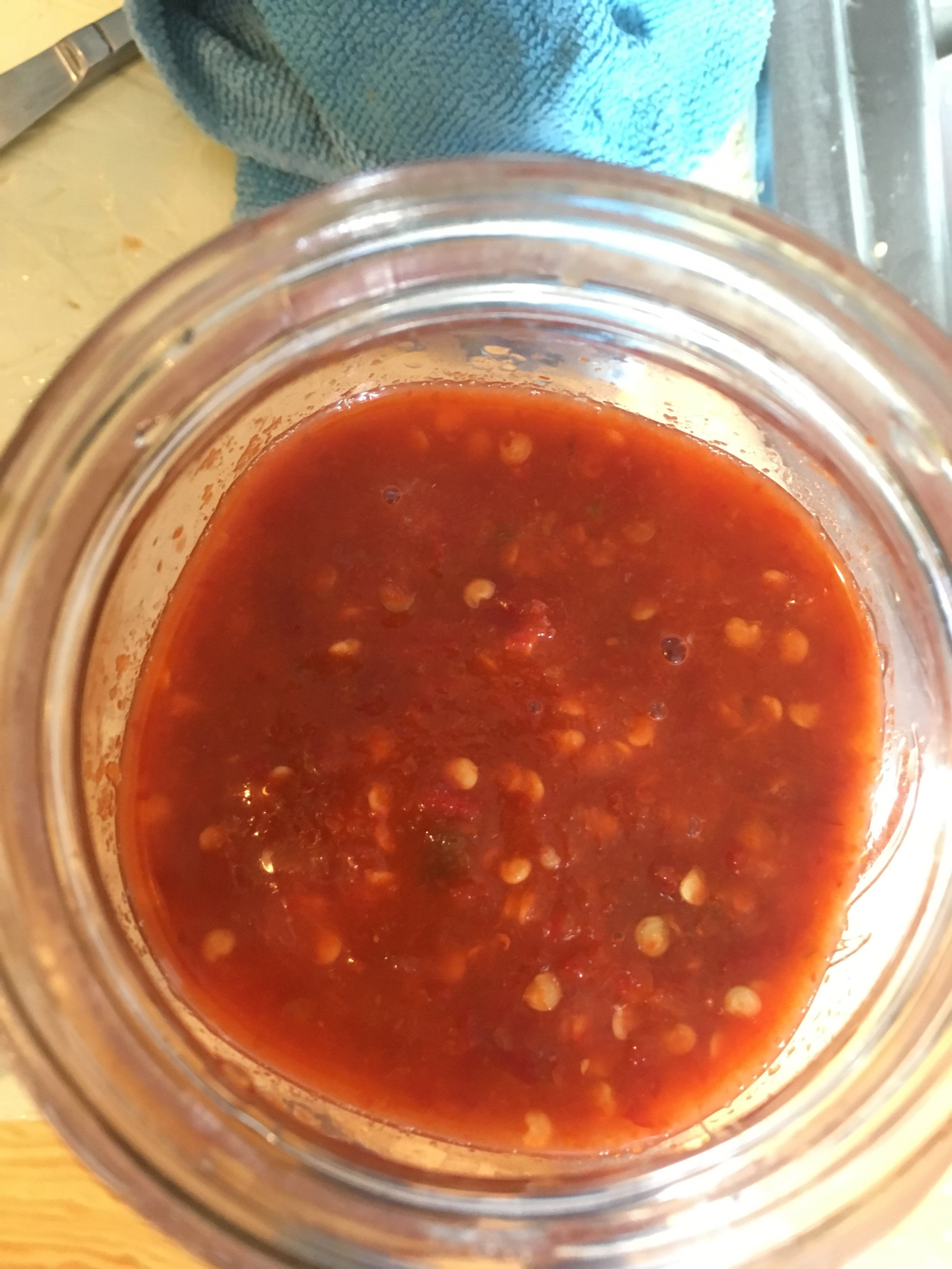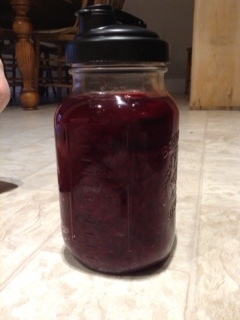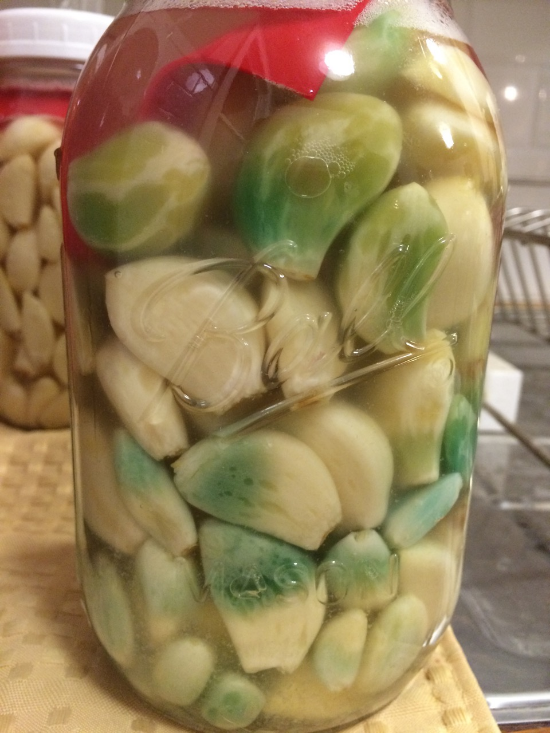Hi Kirsten,
I recently tried fermenting some rainbow chard stems. They looked and tasted good while they were cementing, but after moving them to the fridge they are starting to turn brown at the tips. They have softened significantly, but don't smell or taste bad. I didn't weigh them down, so some were slightly poking out of the brine. I've attached some pictures. Are these safe to eat?
Thanks for your help,
Cassidy
**********************
Hi Cassidy,
Unless they are somehow off-putting, smell, taste, mold etc. they are likely fine. If they are soft, that could be off-putting, but are safe if they taste fine. If they are mushy or slimy then they are no longer good.
The color and softness likely came from poking out of the brine.
Cheers,
Kirsten
Rainbow chard is beautiful, right down to their stems. Okay, not as much as the leaves, but they are still pretty for a stem and they ferment wonderfully. Unfortunately, a lot of rainbow chard recipes omit the stems, which is too bad because there is flavor to be had and its a great zero-waste option.
flavor hint
Stems in the pickling jar will take on the flavors of the brine spices that you use so this is your chance to be creative. Just take your favorite pickling spice mix and create a brine. If you don’t have a favorite brine, or you haven’t done this before think about checking out a copy of our first book, Fermented Vegetables. You can get copies everywhere, or if you want a signed-to-you or someone as a gift just order one from us.
A personal online course for you
If you want to make these types of stem ferments, or you found this page because you have tried a ferment and its not what you had hoped think about taking a course from us. Here are a couple that you might consider checking out. Also, when you register with the school for free you can drop in and view any of the free preview lessons of any of the instructors’ classes to get a feel for them and what you will be learniing.

